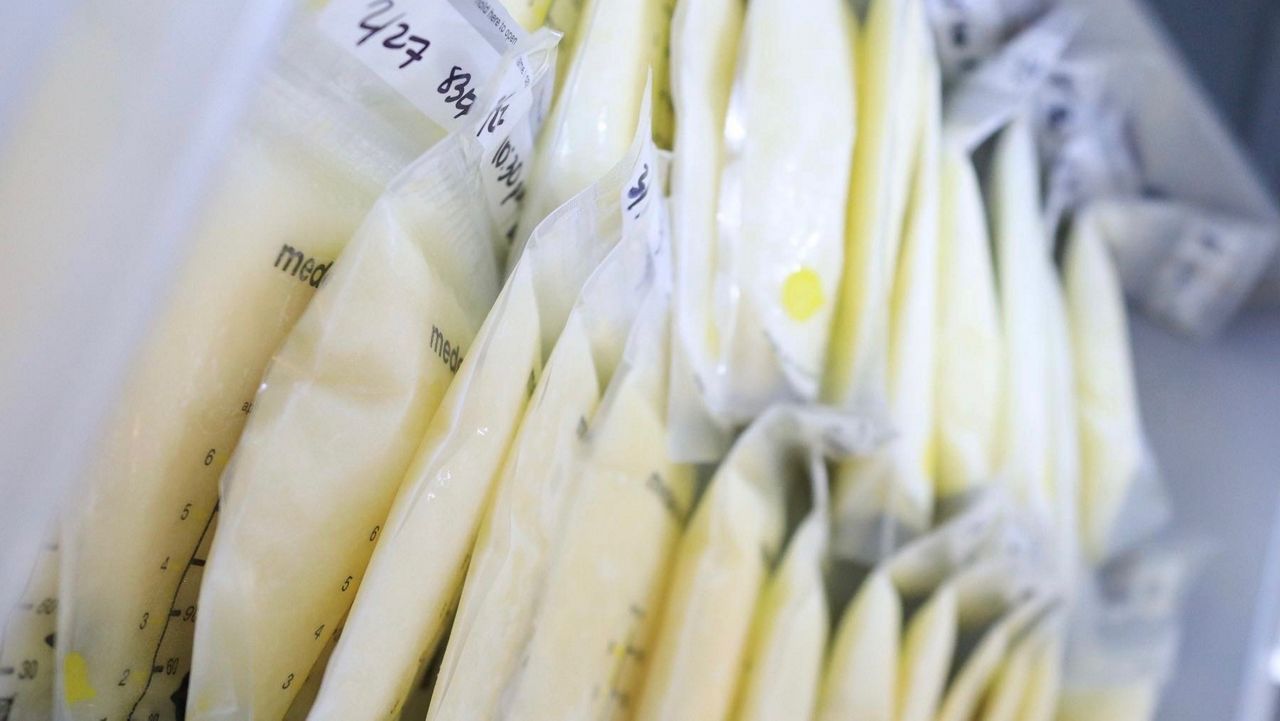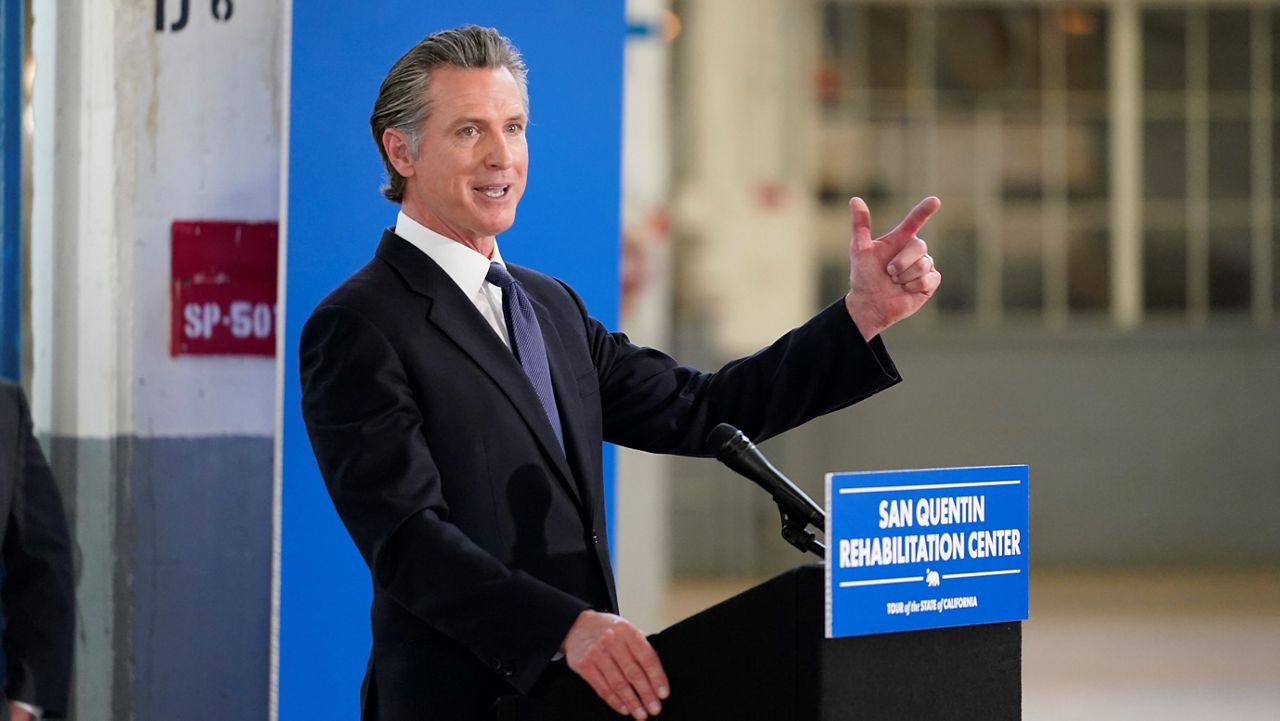With California under a stay-at-home order due to the COVID-19 pandemic, most Earth Day celebrations will be virtual this year. Still, one climate activist says today, April 22, is particularly special because it’s the 50-year anniversary of the nation honoring Mother Nature.
“For those of us who work in the environmental field, you can say that everyday is Earth Day,” said Mary Nichols, Chairwoman of the California Air Resources Board. “It’s true that in recent years, Earth Day hasn't been as big a deal as it was, but this is the 50th anniversary. I think that that is going to be meaningful for many different organizations who have decided to embrace special Earth Day messages, or Earth Day editions of magazines [and] newspapers, looking back to where we were 50 years ago, what we've been through, and what we’re facing in the future.”
Nichols wants people to remember this: “Earth Day was not just about the pollution of our air and water. It was also recognizing that we share a common interest in nature. We don’t own nature, she owns us, and we need to give her respect.”
Since the safer-at-home order has been enforced, many Californians and particularly Angelenos have seen an improvement in the air quality.
“The air has been very good—very, very good—since the shutdown occurred,” Nichols said.“The air has been very good—very, very good—since the shutdown occurred,” Nichols said. “It’s mostly about trucks and cars, we know that, but it’s also about other things that traditionally are adding pollution to the air that also obscures our views, [such as factories and large office buildings]. But certainly the most noticeable thing that is contributing to this is the great decrease in traffic.”
Nichols said the California Air Resources Board is working hard to improve the quality and efficiency of transportation in the state.
“There’s going to have to be a major stimulus to get the economy going again. There will be money coming into California, and one of the things that we’re going to be trying to work very hard on is to have the flexibility to use that money in ways that will support transit, support bicycles and bicycle lanes,” she said.
RELATED:
- Ask Ariel: Your SoCal Coronavirus Questions Answered
- Coronavirus Updates: What to Know in SoCal
- Cleaner Air in SoCal Not Just Due to Less Cars on Road
The Board also wants to “support a turnover of the fleet to electric vehicles, both for passenger cars and for trucks.”
“There’s now a tremendous opportunity when commercial operations are starting back up again to move people into zero-emission delivery trucks and vans,” she said.
The Trump Administration, however, has recently rolled back some fuel-efficiency standards.
“It’s true that for the current generation of vehicles, the Trump Administration is doing their best to avoid having them become any more efficient and cleaner than they are today,” she said. “However, even they have recognized that the future for this industry, which is a global industry, is in electrification.”
Nichols thinks there’s a bipartisan consensus about the importance of improving fuel efficiency for cars and trucks.
“Remember, this has to come from Congress, not just from the President,” she said. “Obviously, he gets to sign or veto legislation, but this is not all going to be his package. It will be something that is very much a product of the Congress. And so I think we stand a decent chance of being given the flexibility to use the funds that will come to our economy eventually to help support the changes that are already underway.”
She said the Board is planning projects ahead of time so that when the economic stimulus money comes, it’s prepared with ideas for improving air quality in the state.
“We're very eager to make sure that we have our ducks in a row, that we have projects ready,” she said. “We remember from the last stimulus, after the financial crisis in 2008 and 2010, where we in California were ready to move, especially in the solar energy area, [and] we were able to receive a substantial amount of federal funding for those things.”
Let Inside the Issues know your thoughts and watch Monday through Friday at 8 and 11 p.m. on Spectrum News 1.
Follow the author, Charlotte Scott, on Twitter here.











